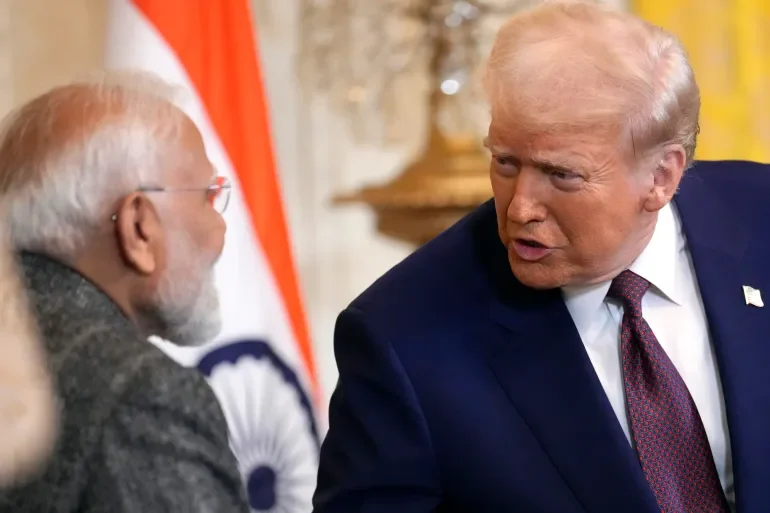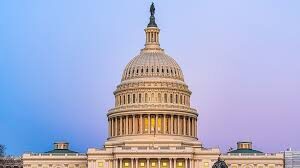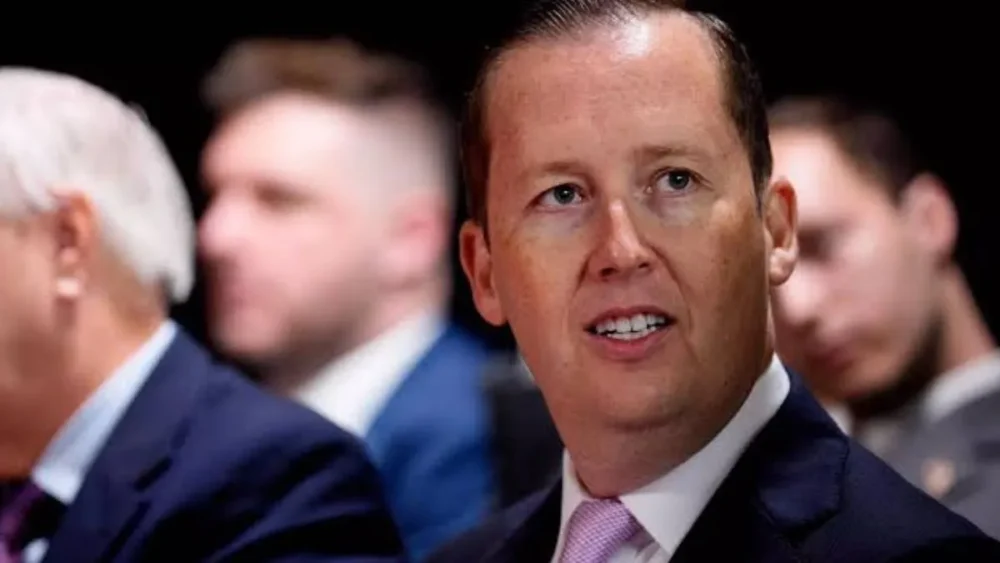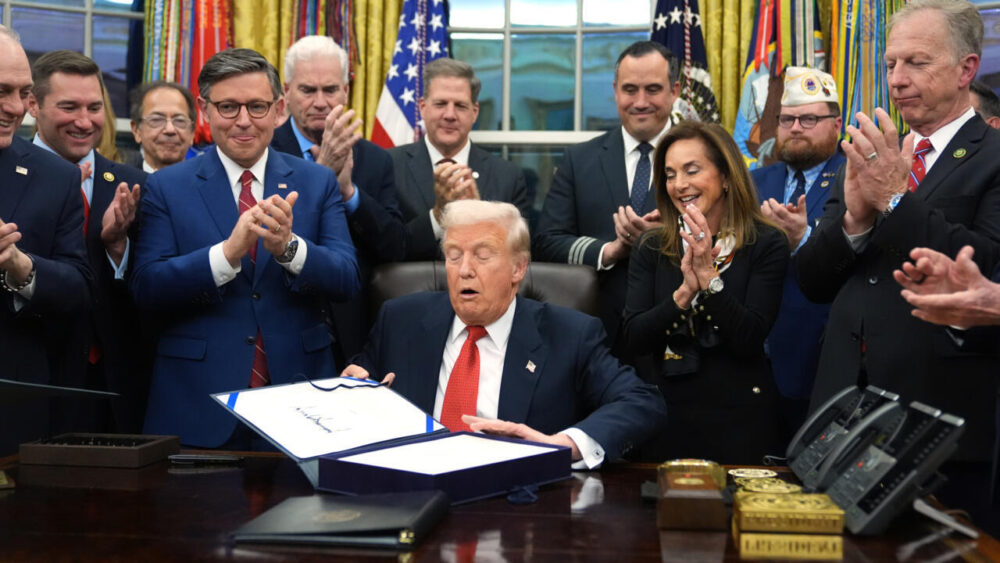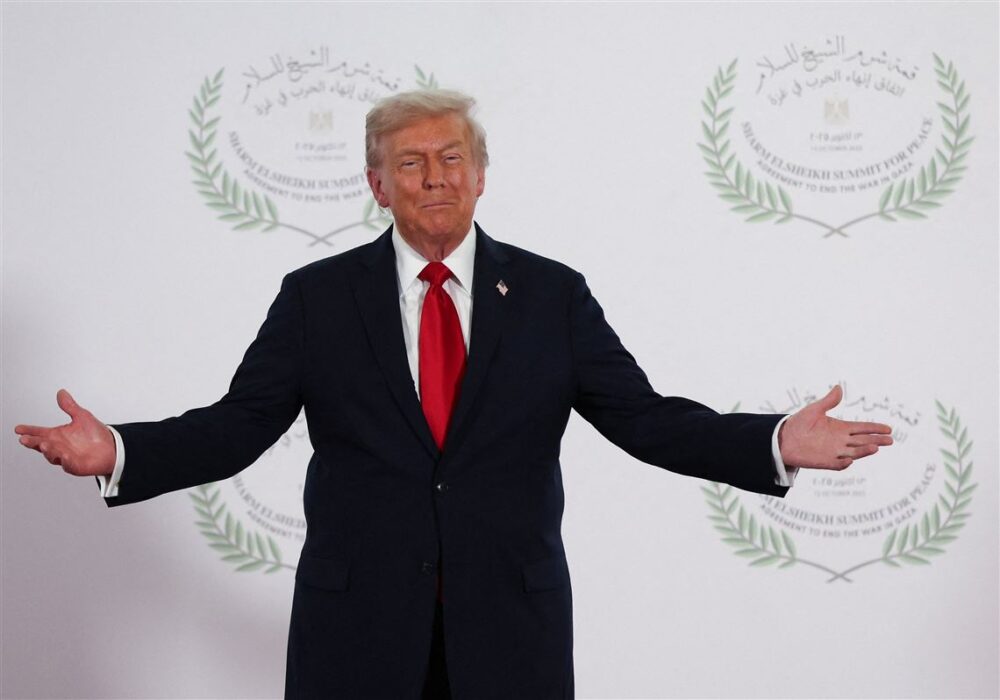President Trump’s sweeping use of tariffs has become one of the most debated aspects of his trade policy, yet the duties continue to remain in force despite facing legal challenges and political pushback. The administration has relied on broad national security and emergency powers to justify tariffs on a wide range of imports, making it harder for courts and regulators to strike them down quickly. While some judges have questioned whether these powers were stretched too far, their rulings often allow the tariffs to remain in effect during lengthy appeals. At the same time, Congress has struggled to rein in executive authority on trade, with partisan divides and legislative gridlock preventing meaningful reform.
For the administration, tariffs not only serve as a political tool but also bring in billions of dollars in government revenue, creating little incentive to roll them back. Businesses, too, remain caught in the middle — some heavily affected by higher costs while others benefit from retaliatory measures and shifting supply chains. This complicated mix of interests has reduced pressure to repeal the duties, even among critics. The persistence of Trump’s tariffs underscores a broader shift in U.S. economic policy, where presidential power over trade has expanded, and oversight mechanisms have weakened. The outcome leaves global partners unsettled, American industries uncertain, and the balance of power between Congress and the White House increasingly tilted toward executive control.






